Doctors are not sure about this diagnosis but seems that my baby may have a very mild case of Clubfoot (organs, heartbeat etc seems perfectly fine) Next steps have been recommended, genetic counseling, Amniocentesis and Fetal Echocardiography However we are not sure we want to get the Amniocentesis done as we believe the results won't impact our decision of having the babyIf the brace is not worn as prescribed, the clubfoot will recur A small percentage of children develop relapses despite proper bracing If the child's foot slips out of the boot on a regular basis, it may be the first sign of a mild recurrence of the deformityHi Dr This is a very long story, so I won't go into the who long history (yet) My son is 23 years old He was born with bilateral club foot , released at Georgetown University Hospital at 6 months of age Infection set in on both feet and my son

Starship Resources For Children Coming To The Orthopaedic Clinic For Clubfoot
Mild club foot baby
Mild club foot baby-Clubfoot describes a range of foot abnormalities usually present at birth in which your baby's foot is twisted out of shape or position In clubfoot, the tissues connecting the muscles to the bone (tendons) are shorter than usual Clubfoot is a fairly common birth defect and is usually an isolated problem for an otherwise healthy newborn Club foot can be mild or severe It can be treated successfully without surgery but in some severe cases, surgery is required Club foot is the most common birth defect affecting the legs as it occurs in 1 to 4 of every 1,000 live births especially in firstborn children and males Cause of Club foot The causes of club foot is unknown




Congenital Clubfoot Early Recognition And Conservative Management For Preventing Late Disabilities Springerlink
Club Foot Talipes equinovarus (once called club foot) is a deformity of the foot and ankle that a baby can be born with It is not clear exactly what causes talipes In most cases, it is diagnosed by the typical appearance of a baby's foot after they are born The Ponseti method is now a widely used treatment for talipesSome foals are born with a club foot and may be unable to stand up to nurse This requires prompt intervention from your veterinarian specialist who will be able to provide pain relief and splints or casts to help relax the tendons that are part of the causeAnng23 member December 15 in May 16 Moms Had my week anatomy scan a few days ago and they found that the lil one has a mild right club foot All my genetic screens came out in the lowest risk category but I'm still nervous as it's a soft marker for other issues
If your baby is born with this abnormality, the foot will be turned inward and tipped, sometimes so severely that it almost seems upside It can be mild or severe (in severe cases the foot can look as if it's upside down), and it can affect one foot or two The condition got its name because the foot can look like the head of a golf club Symptoms Fortunately, the condition isn't painful at first But if clubfoot is left untreated, your child will suffer from chronic pain and will probably have trouble walkingExtrinsic This type is usually mild and supple The cause can be due to intrauterine compression (large baby, abnormally shaped or small uterus, or abnormal intrauterine fluid levels) Intrinsic This type is commonly more severe, rigid and the calf muscle is smaller The foot may be smaller and there can be a bone deformity of the talus
Clubfoot refers to a condition in which a newborn's foot or feet appear to be rotated internally at the ankle The foot points down and inwards, and the soles of It's easy to notice clubfoot when a baby is born Here are some signs The foot points downward, and the toes may be curled inward The foot appears to be sideways or sometimes even upsidedownThe foot may turn in, and in extreme cases, the bottom of the foot can point up Most types of clubfoot are present at birth (congenital clubfoot) Clubfoot can happen in one foot or in both feet In almost half of affected infants, both feet are involved Although clubfoot is painless in a baby, treatment should begin immediately
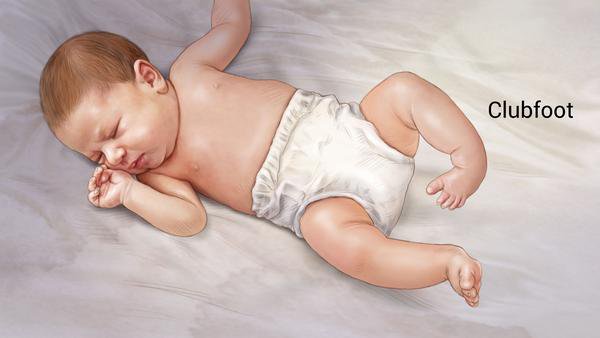



Clubfoot Treatment In Iran Best Doctors Clinics Free Consultation




Club Foot Nhs
If your baby has clubfoot, his foot points downwards and inwards like a golf club The middle section of your baby's foot also twists inwards, which makes the foot look short and wide There are usually deep creases on the inside of the foot and back of the heel Your baby might also have poorly developed calf musclesMild clubfoot images Photos of Babies with a Clubfoot Verywell Healt Casting for Club Foot Using the Ponseti method, the clubfoot is manipulated or stretched every five to seven days and the plaster casts are changedThis baby is on one of his last treatments for his clubfeet and will then wear a brace for a few years Sometimes, a mild congenital club foot is exacerbated later in life by long toes, infrequent shoeing, or an underlying problem Sigafoos adds that a club foot in the adult horse also can be acquired



Human Biology Online Lab Clubfoot Maray Singleton
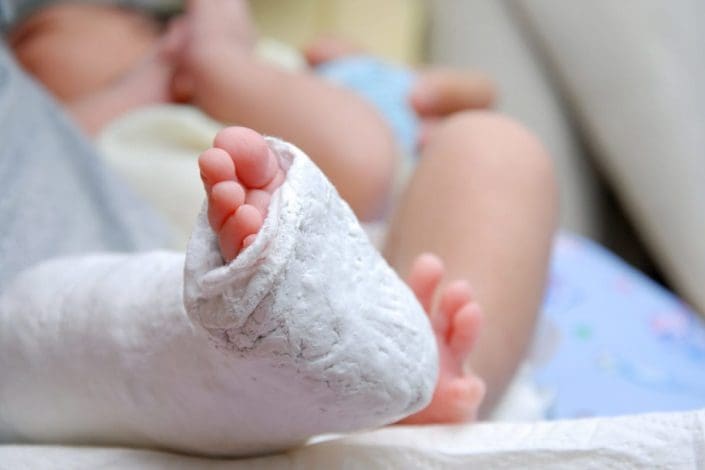



What Is Clubfoot Symptoms And Treatment Familydoctor Org
Clubfoot, or talipes equinovarus, is a deformity in which the foot is excessively plantar flexed, with the forefoot bent medially and the sole facing inwardThis usually results in the underdevelopment of the soft tissues on the medial side of the foot and calf and to various degrees of rigidity of the foot Club Foot Symptoms In the majority of cases, the deformity twists the very top of the baby's foot inward and downward, which turns the heel inmost as well as increases the arch This foot can be twisted so seriously that in some cases it appears as if it is upsidedownPonseti method The Ponseti method is the most common and effective clubfoot treatment This treatment uses a series of casts and braces to rotate the baby's foot into a corrected position The foot is rotated externally until it is turned out 6070 degrees Treatment usually begins sometime between birth and 4 weeks of age and involves two
:max_bytes(150000):strip_icc()/clubfoot_after-56a6fb603df78cf7729142e6.jpg)



Photos Of Babies With A Clubfoot




June 3rd World Clubfoot Day
Product Recommendations MD Orthopaedics Black Robin socks1877ponseti, wwwmdorthopaedicscom Stiffsoled options of the past were based on the thought that new walkers needed support While this holds true for adults, babies' and toddlers' feet are different At the time of birth, at least six bones are still cartilage Clubfoot Clubfoot is a birth defect that causes a child's foot to point inward instead of forward The condition is normally identified after birth, but doctors can also tell if an unborn babyClub foot on ultrasound anyone else?




To Parents Of Children Born With Clubfeet University Of Iowa Stead Family Children S Hospital




Clubfoot Wikipedia
Clubfoot is a common disorder in which one or both of a baby's feet are turned inward and downward and can't easily be moved into a normal position It is much more common for a baby to have a foot turned inward due to positioning, but these feet are very flexible and can easily be straightened with gentle manipulation 1 Newborns with a club foot are often treatedThere are two main reasons for club foot, positional and congenital Positional Talipes This is the most common cause of talipes and also the most successfully treated It is due to the position the baby has in the wombSome cases are associated with clubfoot although in the one illustrated here it is only mild Treatment of the tight band often involves surgery If there is a clubfoot associated, then Ponseti treatment should only be done with extreme care as blood supply to the foot can be affected and there is a risk of gangrene




So You Re Expecting A Clubfoot Baby Thoughts Tips And Resources Cartwheeling Down The Aisle
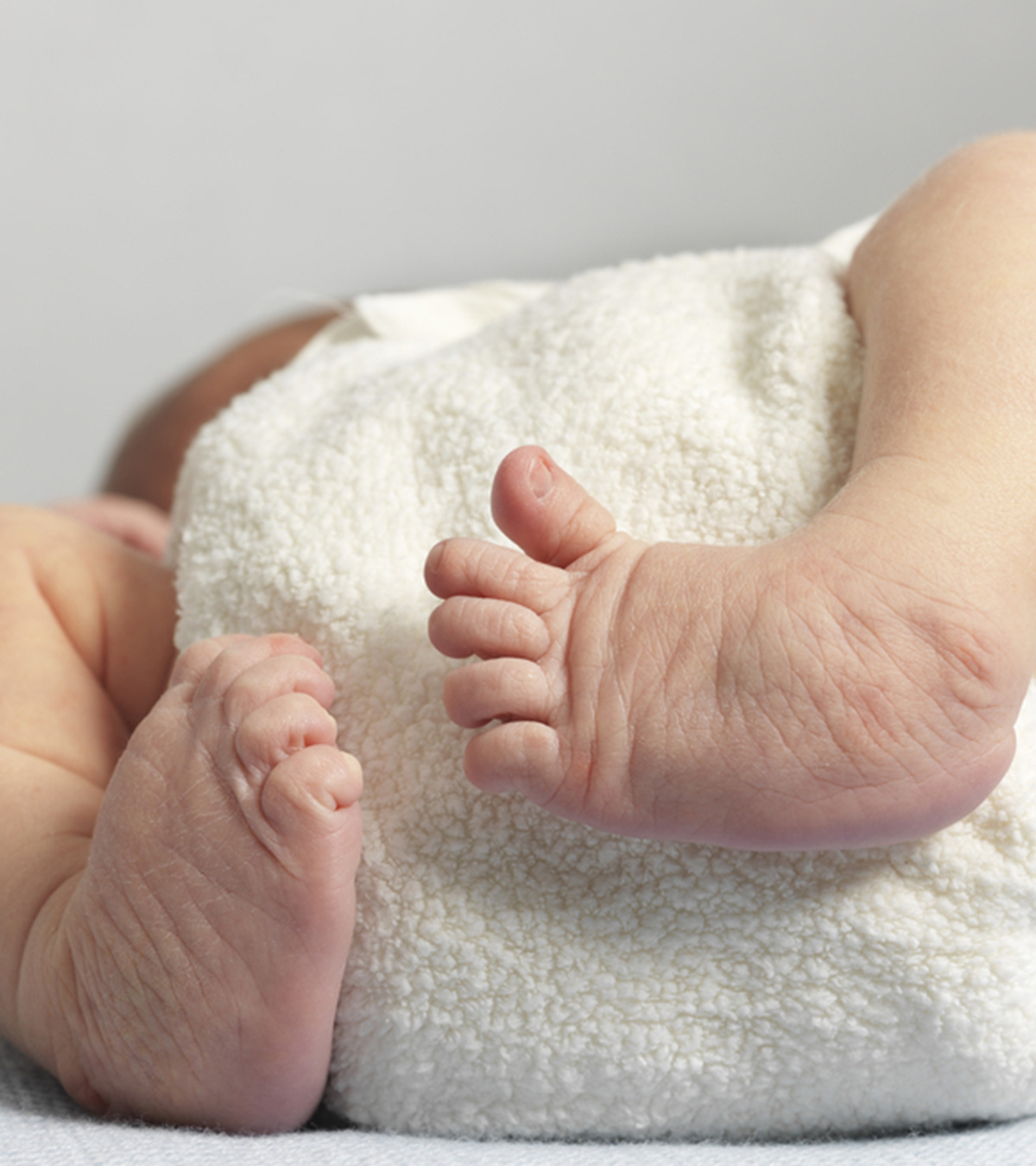



Clubfoot In Baby Causes Diagnosis Treatment Pictures
Clubfoot is not painful during infancy However, if your child's clubfoot is not treated, the foot will remain deformed, and he or she will not be able to walk normally With proper treatment, however, the majority of children are able to enjoy a wide range of A child can be born with the condition in a single foot, or with a bilateral clubfoot, where both feet of the baby are twisted inwards Clubfoot can be mild or severe, and will make walking normally difficult for the child Stretching consists of gentle plantarflexion of the foot with mild inversion for a count of 10, repeated three times In moderate cases or when stretching fails to correct the deformity, splinting
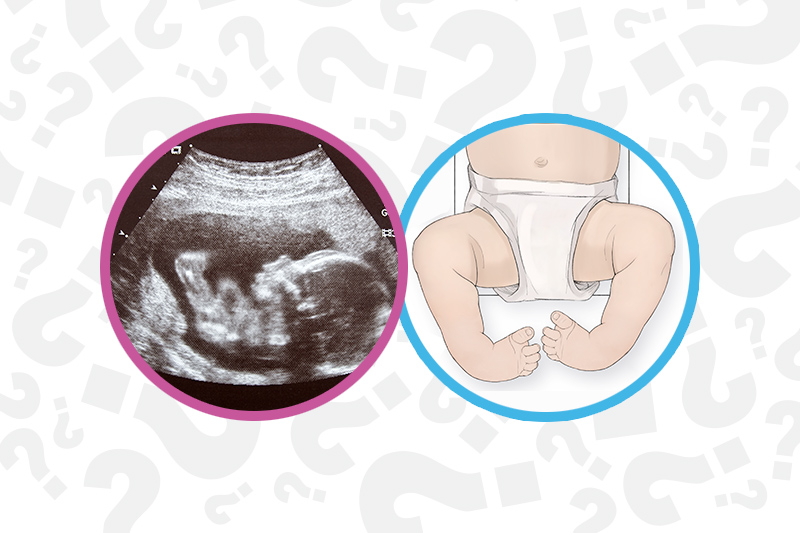



When Your Baby Has Clubfoot Answers For Expecting Parents Boston Children S Answers




Stretching Exercises For Child S Clubbed Foot St Louis Childrens Hospital
My MIL has a mild club foot (which she never corrected) so there lies the answer My DD also looked like having a club feet at her week scan (they never diagnosed it though) but she was born just fine Tricky !! Mild cases can be treated with stretching exercises performed at each diaper change Stretching consists of gentle plantarflexion of the foot with mild inversion for a count of 10, repeated threeAt the beginning of the Clubfoot correction process is the casting phase Both my sons wore casts for 10 – 12 weeks The first few weeks usually require a weekly cast change as the baby is growing so fast, and the later few weeks before the Achilles tenotomy they are changed every 7 – 10
:max_bytes(150000):strip_icc()/clubfoot_before-56a6fb603df78cf7729142e3.jpg)



Photos Of Babies With A Clubfoot



Ponseti Method
A common birth defect called club foot may look like one of those challenges, but if treatment begins immediately, your child should be able to run, play and enjoy a normal life What Does Club Foot Look Like? Clubfoot is a congenital condition (present at birth) that causes a baby's foot to turn inward or downward It can be mild or severe and occur in one or both feet In babies who have clubfoot, the tendons that connect their leg muscles to their heel are too short These tight tendons cause the foot to twist out of shapeClub foot or talipes is where a baby's foot is an abnormal position One or both feet may be affected What causes club foot?




Clubfoot And Other Foot Defects Children S Health Issues Merck Manuals Consumer Version
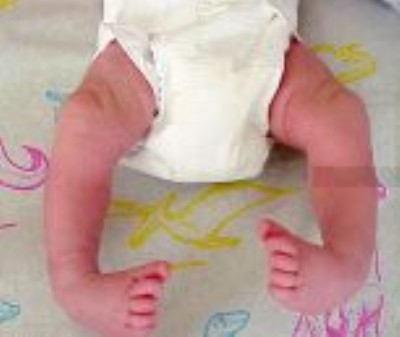



Club Feet Beauchamp Foot Care Beauchamp Foot Care
There is an interesting aroma in the housing market that is now placing many sellers in the position of having to lure buyers The easy days of listing a crap shack for $700,000 and getting multiple offers will get more challenging as potential lemmings buyers wake up and realize how much they are plunking down and what they are getting in return I’m not sure if people really thinkClub feet can easily be corrected Kristi Yamaguchi, gold medal Olympic skater, was born with club feet If this is about you not wanting to deal with having a child with a mild disability, perhaps you should look into adoption There are lots of families who would love to have a Clubfoot can be repaired by casting or surgery Casting Sometimes nonsurgical treatments, such as casting, can correct clubfoot Casting is a




When Your Child Has Clubfoot
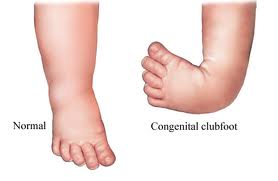



Introduction To Clubfoot Physiopedia
Club foot can affect 1 or both feet It's not painful for babies, but it can become painful and make it difficult to walk if it's not treated Club foot affects about 1 baby in every 1,000 born in the UK Both feet are affected in about half of these babies It's more common in boys Diagnosing club footIf your baby has club foot, one or both feet points down and inwards with the sole of the foot facing backwards Club foot isn't painful for babies, but if it isn't treated, it can become painful and make it difficult to walk as they get older Types of clubfoot Clubfoot isBaby Shoes Boy&Girl Baby Walking Shoes Infant Sneakers NonSlip First Walking Shoes Breathable Mesh Shoes 6 9 12 18 Months 45 out of 5 stars 818 $99 $ 99 FREE Shipping on orders over $25 shipped by Amazon 1 Under Armour UnisexChild Pre School Assert 8 Alternate Closure Sneaker 47 out of 5 stars 8,391




Orthokids Clubfoot




Clubfoot Symptoms And Treatment Options
Although clubfoot can be mild or severe, all cases require a proper medical evaluation Clubfoot will not resolve on its own The clubfoot is not painful to the infant who does not yet walk However, if left untreated, a child will learn to walk on the outer edge of the foot instead of the bottom, develop painful calluses, be unable to wearClubfoot is a birth defect of the foot that may affect your baby's ability to walk normally Clubfoot causes one or both feet to twist into an abnormal position, and can be mild or serious Learn how clubfoot is treatedMild club foot baby What is the life expectancy of someone with clubfoot Mild cases can be treated with stretching exercises performed at each diaper change Stretching consists of gentle plantarflexion of the foot with mild inversion for a count of 10, repeated threeClubfoot refers to a condition in which a newborn's foot or feet appear




A Peachtree City Life Clubfoot Files Sores And Shoes And Good News




Starship Resources For Children Coming To The Orthopaedic Clinic For Clubfoot
But my question is how can a baby survive for weeks and be so active if his heart didn't function properly ?She ended up with a fairly mild case of club foot, so we did 4 casts changed weekly with the last cast being worn for 2 weeks She was a serious trooper and her cast didn't seem to bother her at all She is a small baby so I was able to fit her newborn pants over it, but I know that a lot of club foot mamas use the Baby Legs during the castingPediatric Clubbed Foot Clubfoot, also known as talipes equinovarus, is a congenital (present at birth) foot deformity It affects the bones, muscles, tendons and blood vessels and can affect one or both feet The foot is usually short and broad in appearance and the heel points downward while the front half of the foot (forefoot) turns inward




The Newborn Foot American Family Physician



3
The Ponseti Method The Ponseti Method is a simple, and in skilled hands, very effective method of treating clubfeet It requires only skill, patience and plaster The Doctor takes the baby's foot in his or her hands and stretches the medial ligaments slightly and holds the foot in place while an assistant applies a cast



A Pair Of Shoes Can Change A Life Our Clubfoot Journey
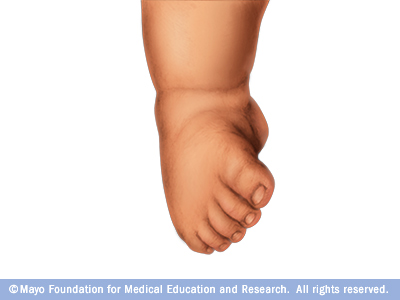



Clubfoot Disease Reference Guide Drugs Com
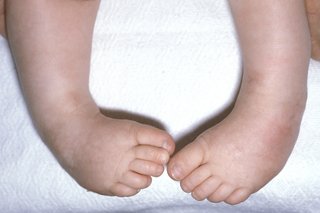



Club Foot Nhs




Common Childhood Foot Deformities Consultant360




Club Foot Talipes In Babies Causes Signs Treatment Youtube




Positional Clubfoot
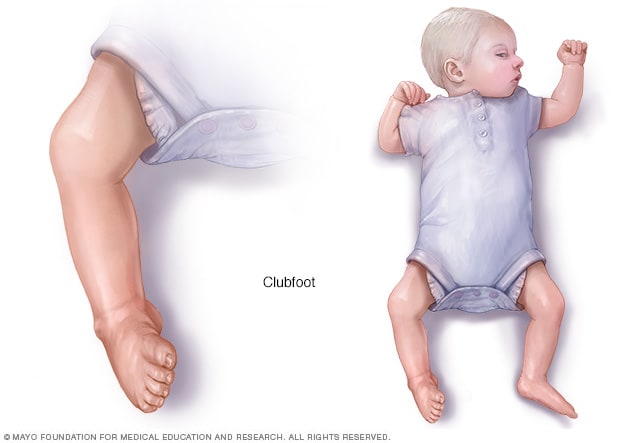



Clubfoot Symptoms And Causes Mayo Clinic
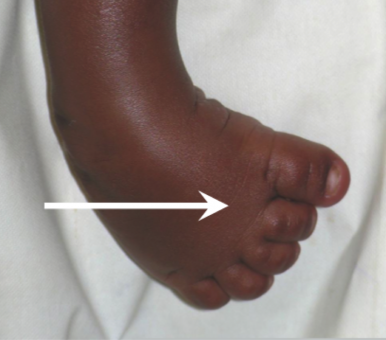



Assessing Children With Clubfoot Physiopedia



Clubfoot Orthoinfo os
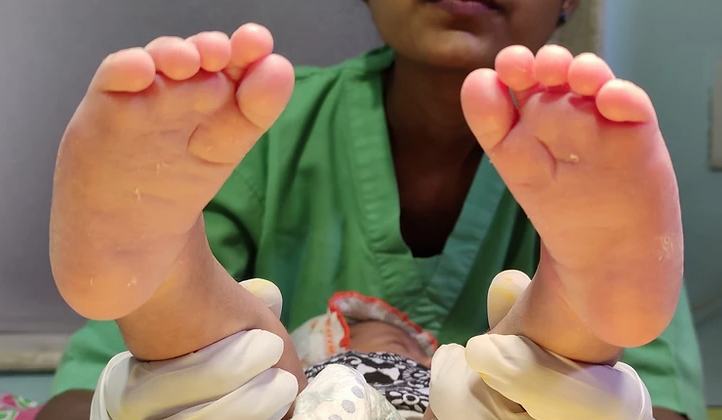



Clubfoot Or Congenital Talipes Equinovarus Ctev Young Bones Clinic
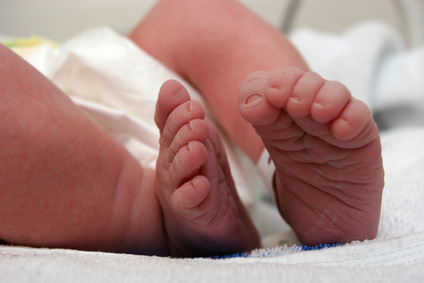



Talipes Club Foot Parents Powwow



Escholarship Org Content Qt5260f48f Qt5260f48f Pdf




Clubfoot Orthopaedia




To Parents Of Children Born With Clubfeet University Of Iowa Stead Family Children S Hospital
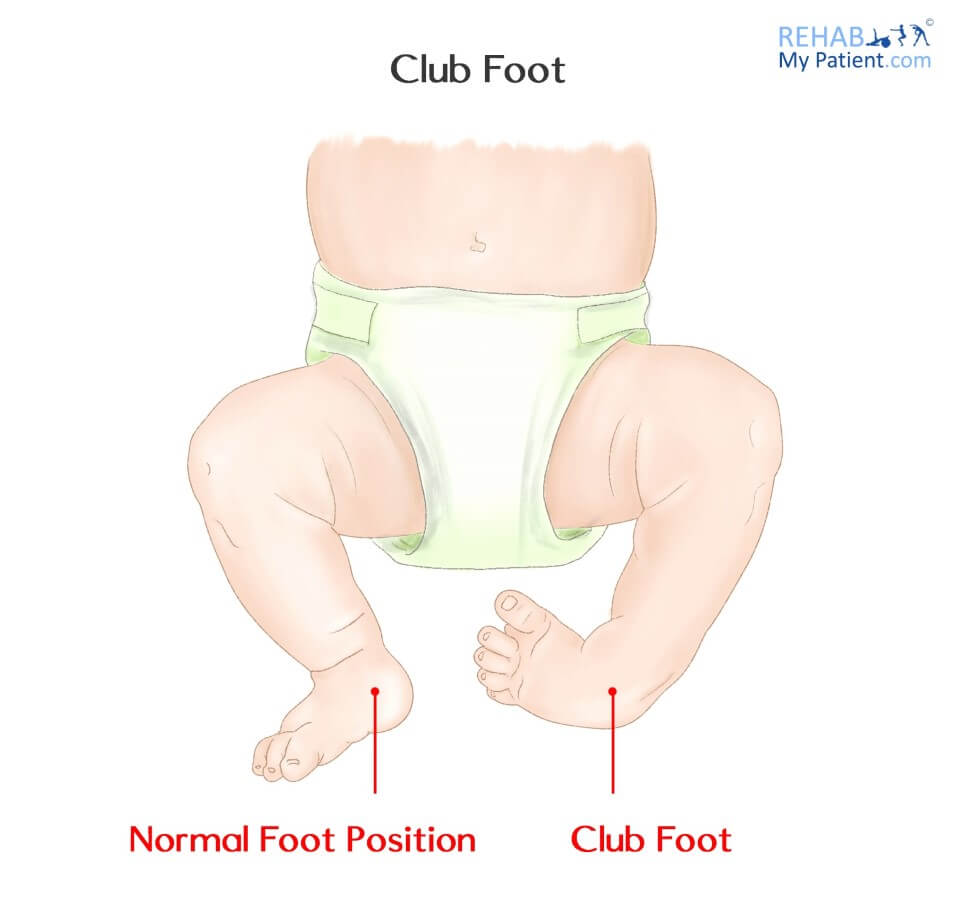



Club Foot Rehab My Patient



Before Going To Doctor Which Must Know About Clubfoot Rxharun



Clubfoot Academy Foot And Ankle Southlake Hurst Keller Fort Worth Flower Mound Tx



A Pair Of Shoes Can Change A Life Our Clubfoot Journey



A Pair Of Shoes Can Change A Life Our Clubfoot Journey
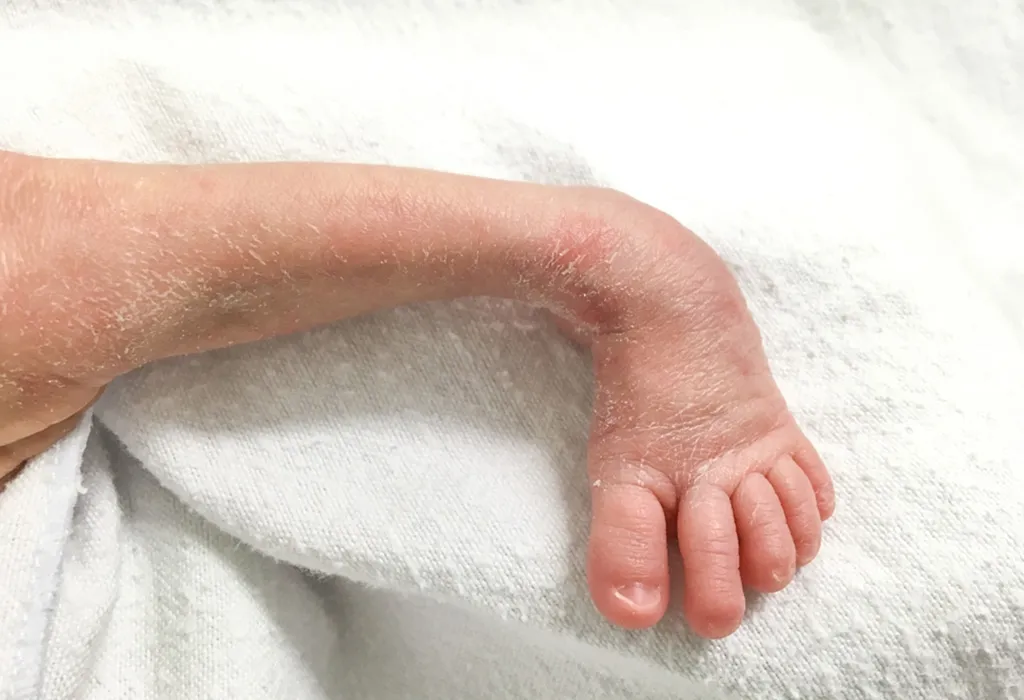



Club Foot In Infants Reasons Signs Remedies




Clubfoot Healthing Ca




Clubfoot Boston Children S Hospital




Clubfoot Symptoms Causes Risk Factors Treatment




Club Feet Beauchamp Foot Care Beauchamp Foot Care
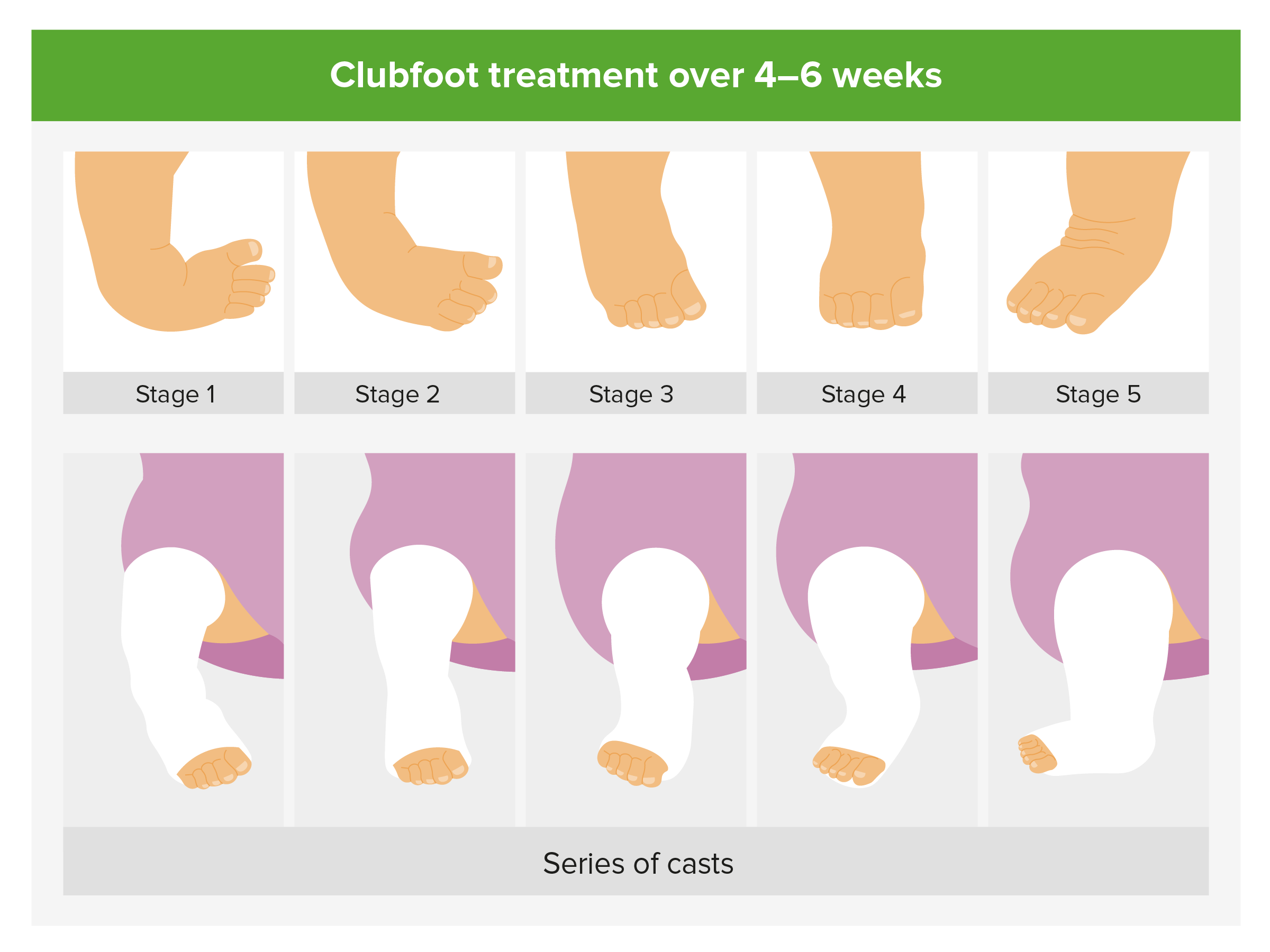



Foot Deformities Concise Medical Knowledge




Congenital Clubfoot Early Recognition And Conservative Management For Preventing Late Disabilities Springerlink
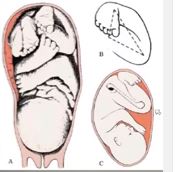



Introduction To Clubfoot Physiopedia




Clubfoot Children S Orthopaedic And Scoliosis Surgery Associates Llp



Clubfoot In Newborns Paedicare Paediatricians
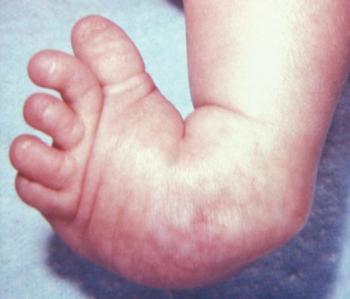



Clubfoot Causes And Treatments




Clubfoot Causes Symptoms And Diagnosis




Why Leave A Clubfoot For Later




What To Do If Your Child Has Clubfoot Cromwell Ct Foot Doctor



Clubfoot Orthoinfo os




Club Foot Symptoms And Treatment




Babies Feet



Clubfoot Barts Kids Bones




Clubfoot Children S Orthopaedic And Scoliosis Surgery Associates Llp
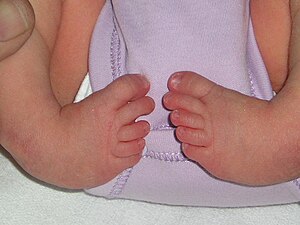



Clubfoot Wikipedia




Challenging Clubfeet The Arthrogrypotic Clubfoot And The Complex Clubfoot Journal Of Children S Orthopaedics
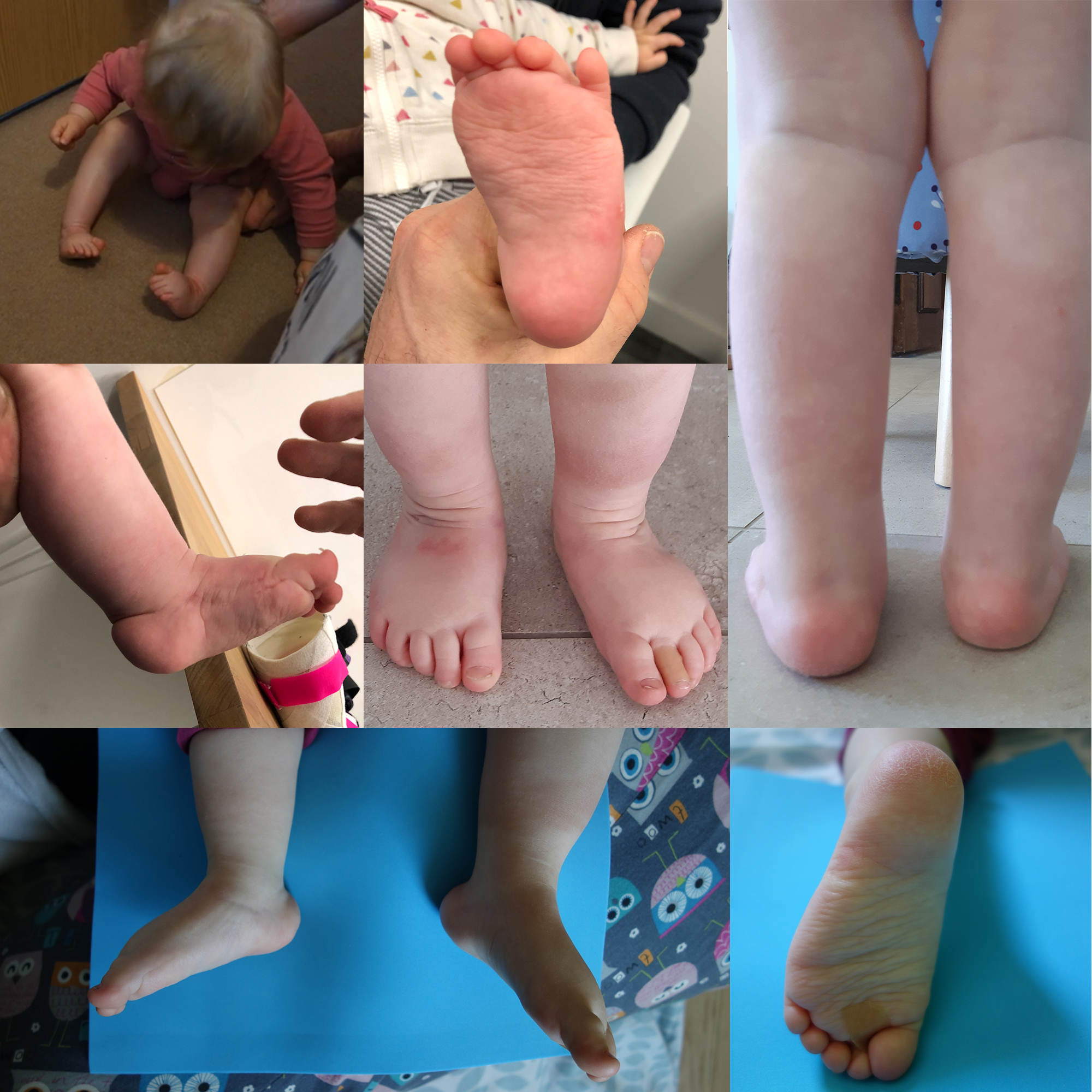



Club Foot Faqs




Positional Clubfoot




To Parents Of Children Born With Clubfeet University Of Iowa Stead Family Children S Hospital



Club Foot



Clubfoot Symptoms Stages Definition Description Demographics Causes And Symptoms Diagnosis
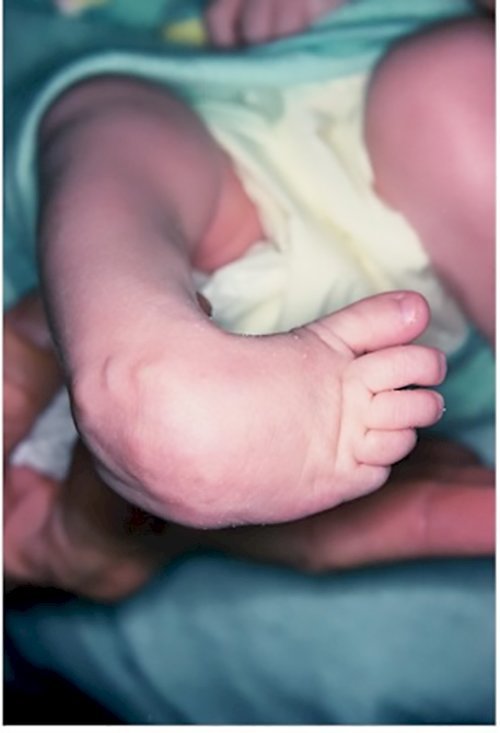



Club Feet Summary Symptoms Read More Summary Clubfoot Also Known As Talipes Equinovarus Is A Relatively Common Congenital Malformation Occurring In Approximately 1 1000 Births The Term Talipes Equinovarus Describes A Deformity In Which The
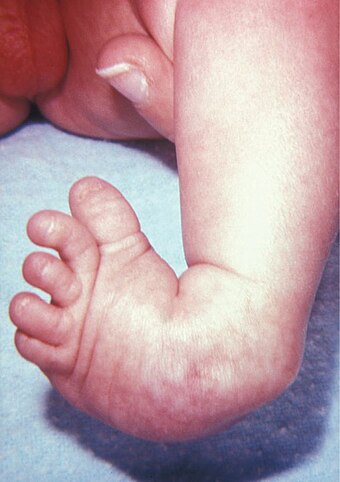



Club Foot Wikiwand
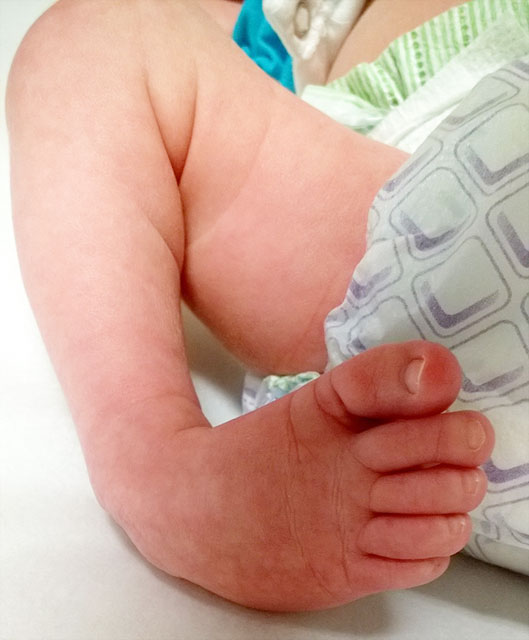



Clubfoot Johns Hopkins Medicine
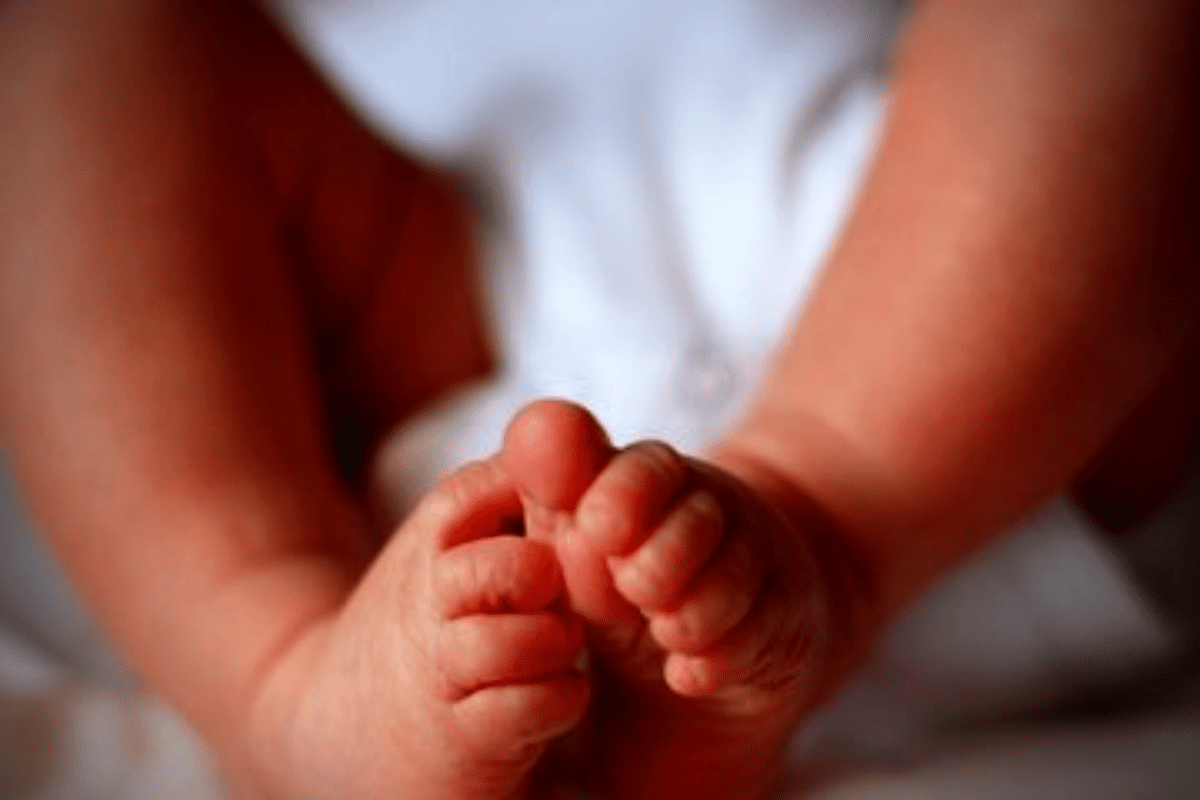



Clubfoot Correction In Children Can It Be Easily Corrected
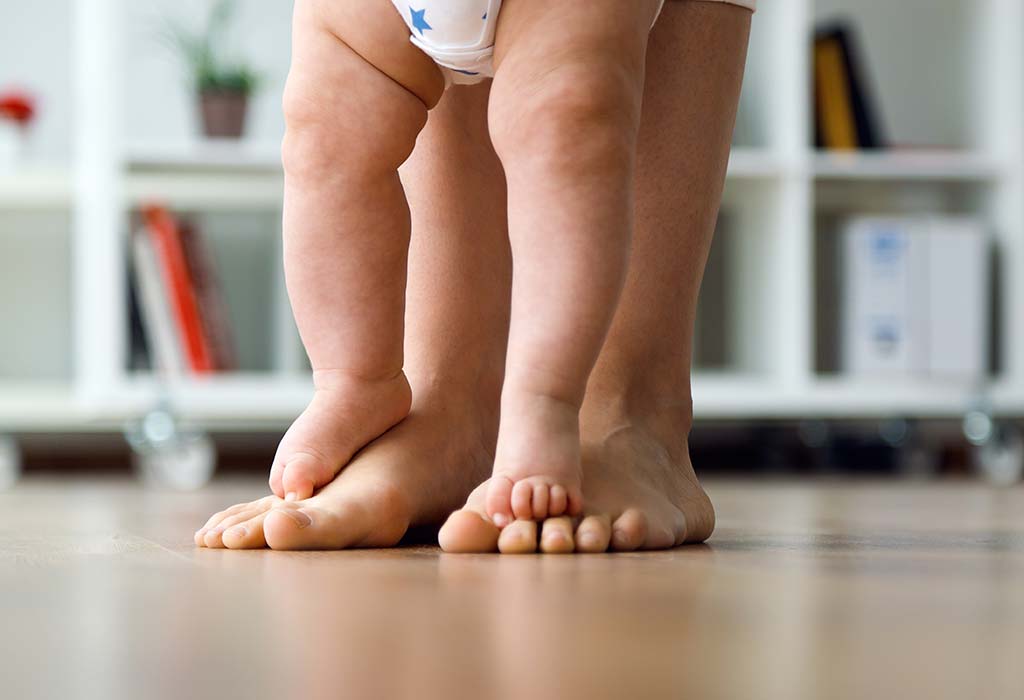



Baby S Feet Developmental Stages Foot Problems Care
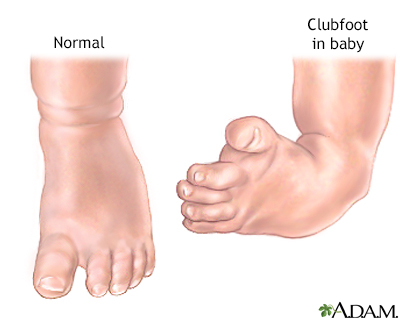



Clubfoot Information Mount Sinai New York




Clubfoot Healthdirect
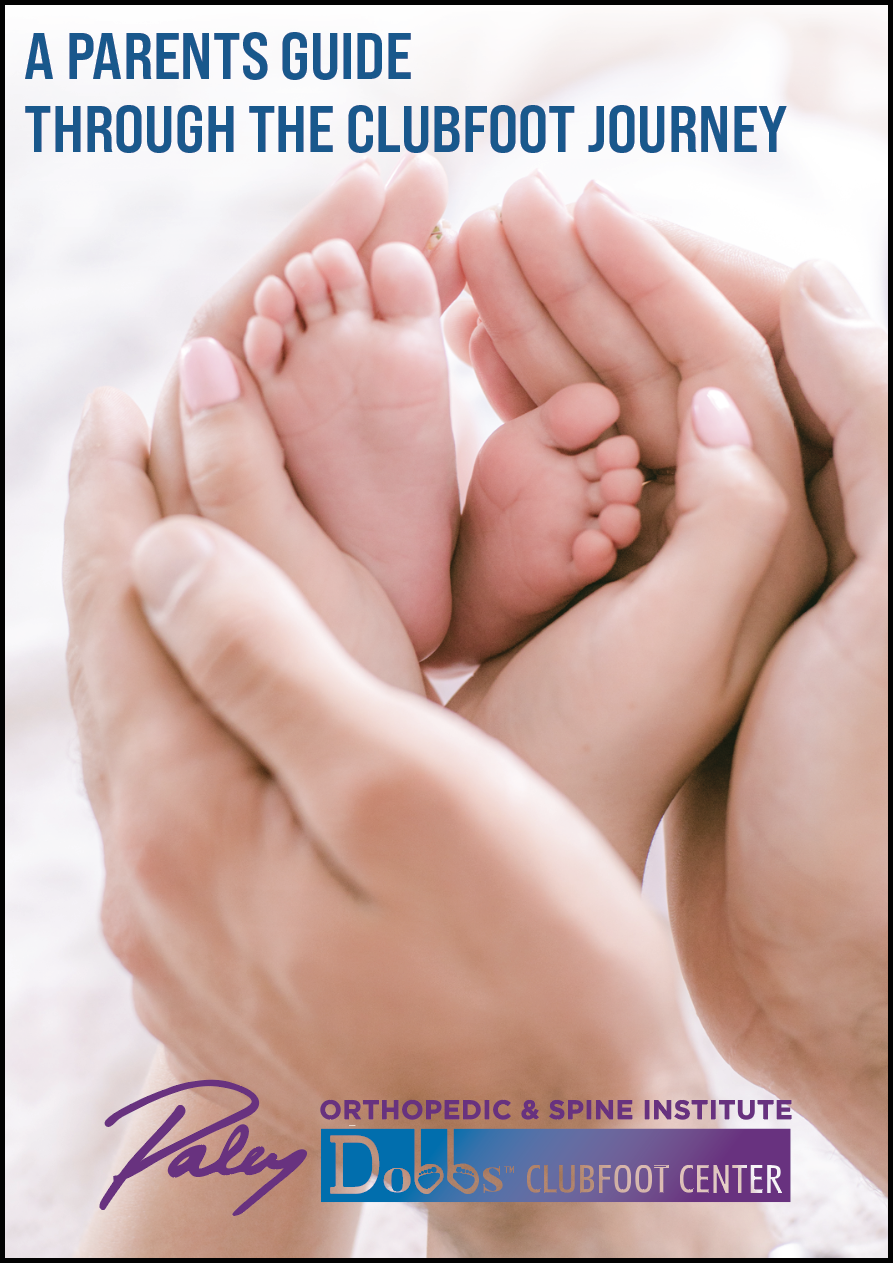



Clubfoot Paley Orthopedic Spine Institute



3
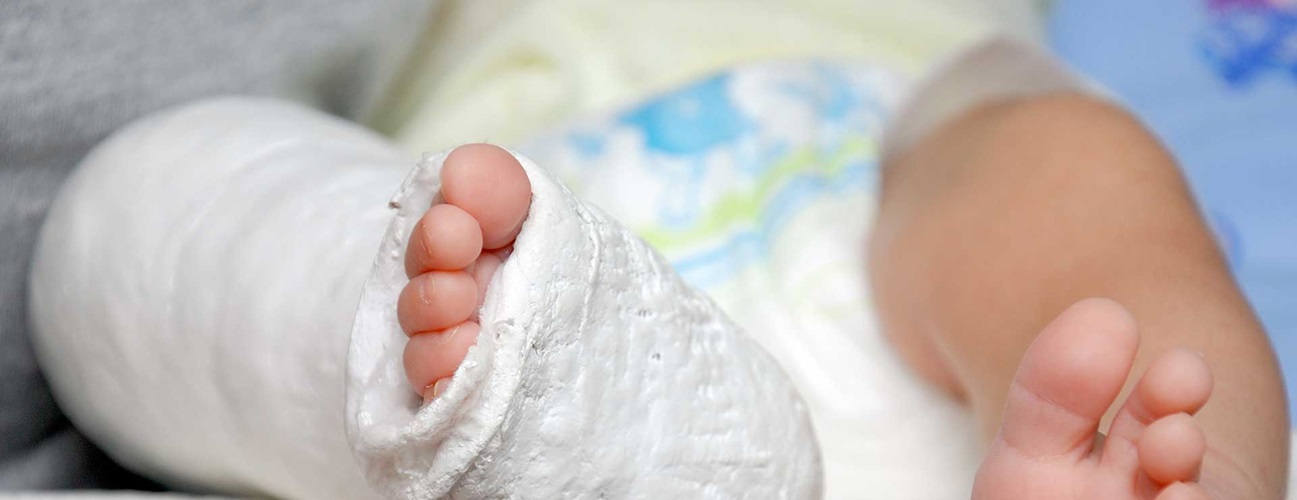



Metatarsus Adductus Johns Hopkins Medicine



Ultrasound



1
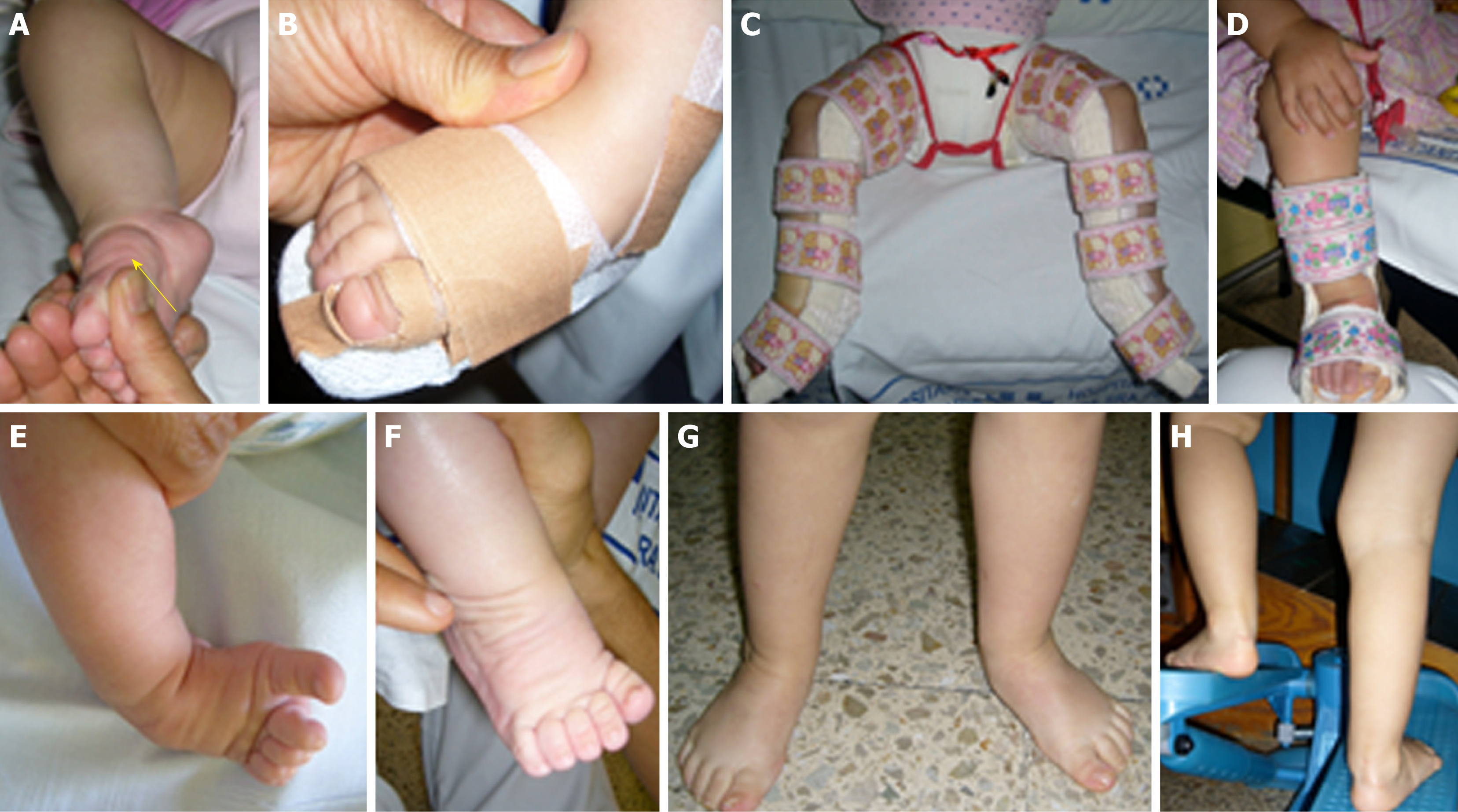



Functional Physiotherapy Method Results For The Treatment Of Idiopathic Clubfoot
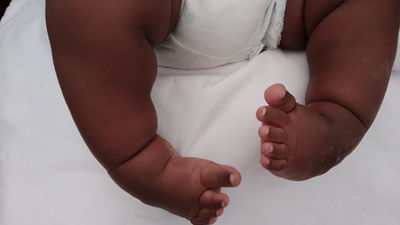



Clubfoot Why It Happens And How Doctors Treat It Daily Monitor
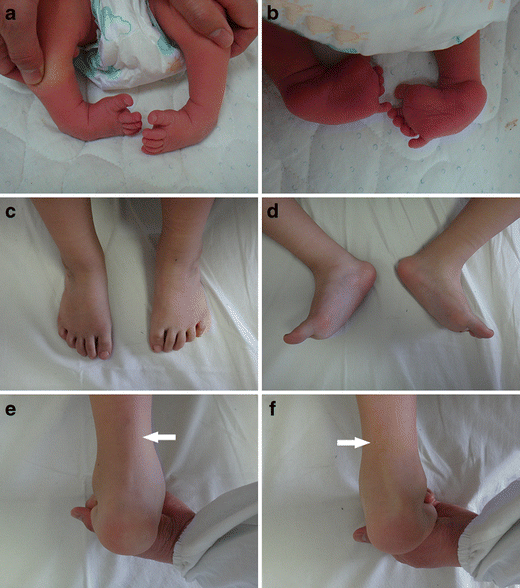



Congenital Clubfoot Early Recognition And Conservative Management For Preventing Late Disabilities Springerlink




Talipes Club Foot Doctors Australia




Challenging Clubfeet The Arthrogrypotic Clubfoot And The Complex Clubfoot Journal Of Children S Orthopaedics
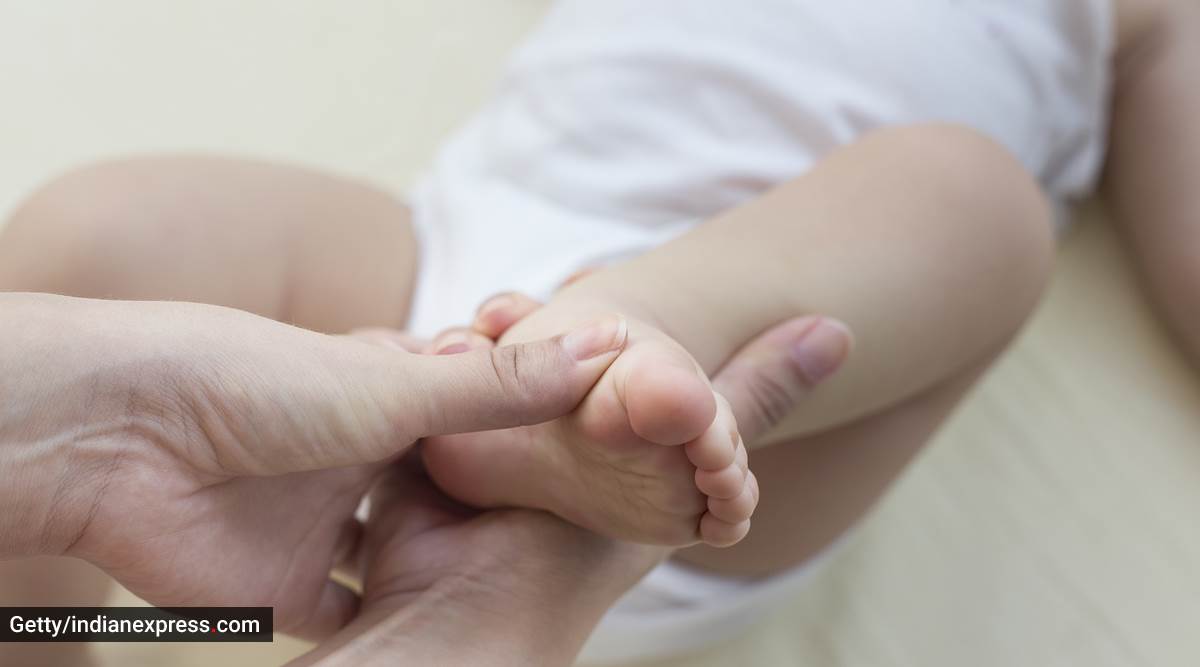



On World Clubfoot Day An Expert Answers All Your Questions About The Birth Deformity Parenting News The Indian Express



Clubfoot Orthoinfo os
:max_bytes(150000):strip_icc()/GettyImages-976611020-532e1800b14b4c89aec1f2f6a855f199.jpg)



Newborn Baby Foot Problems And Deformities




Bilateral Postural Clubfeet In Newborn Download Scientific Diagram




Common Childhood Foot Deformities Consultant360
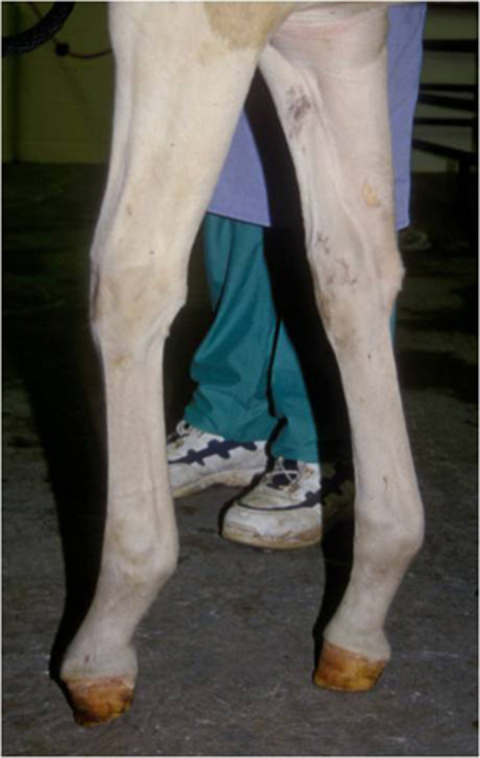



Club Feet In Foals



Clubfoot Orthoinfo os
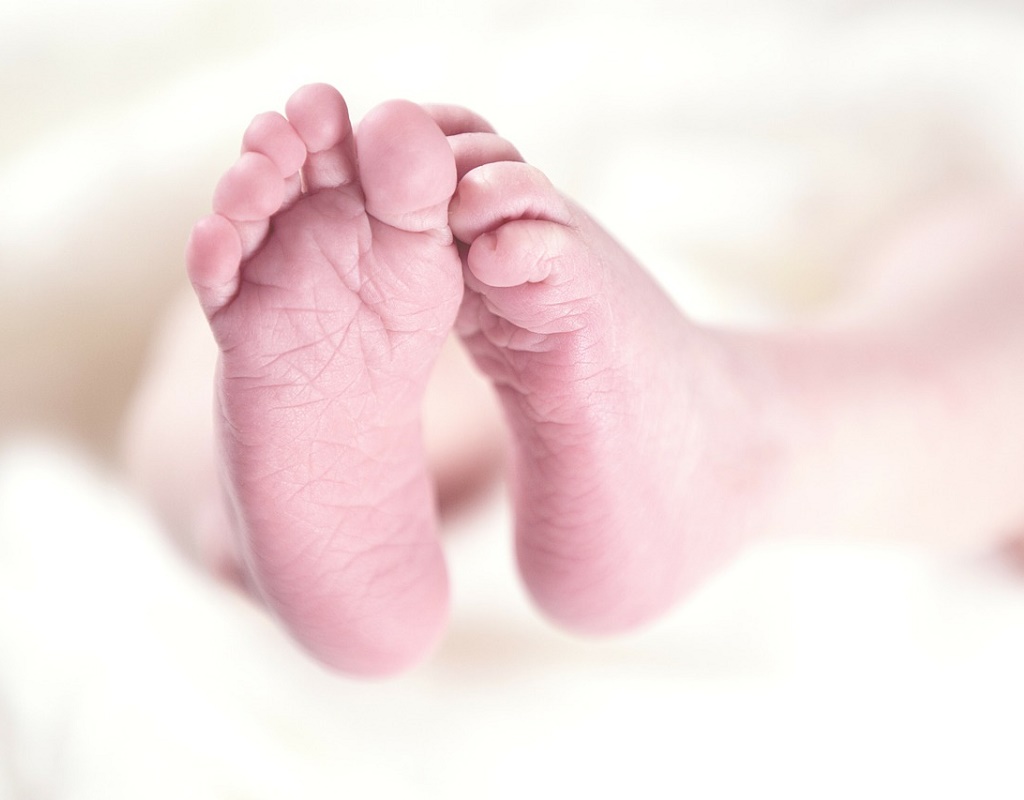



Club Foot Cause And Treatment Family Health Kidspot
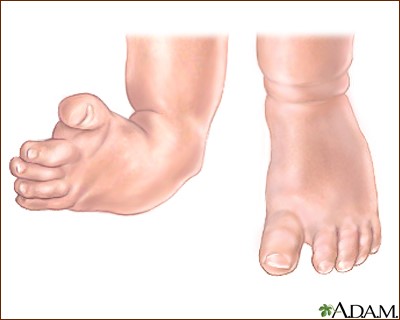



Antidepressants And Clubfoot Birth Defect




Club Foot Congenital Talipes Equinovarus About Club Foot Patient




Update On Club Foot Paediatrics And Child Health
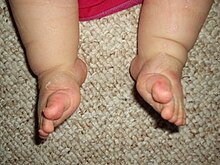



Clubfoot Wikipedia




Functional Physiotherapy Method Results For The Treatment Of Idiopathic Clubfoot




Talipes Babycentre Uk




How To Do Clubfoot Stretches Nemours Kidshealth Youtube




Clubfoot In Children Lurie Children S




Treatment Of Relapsed Residual And Neglected Clubfoot Adjunctive Surgery Journal Of Children S Orthopaedics




Clubfoot Repair Treatments Procedure Outlook



0 件のコメント:
コメントを投稿